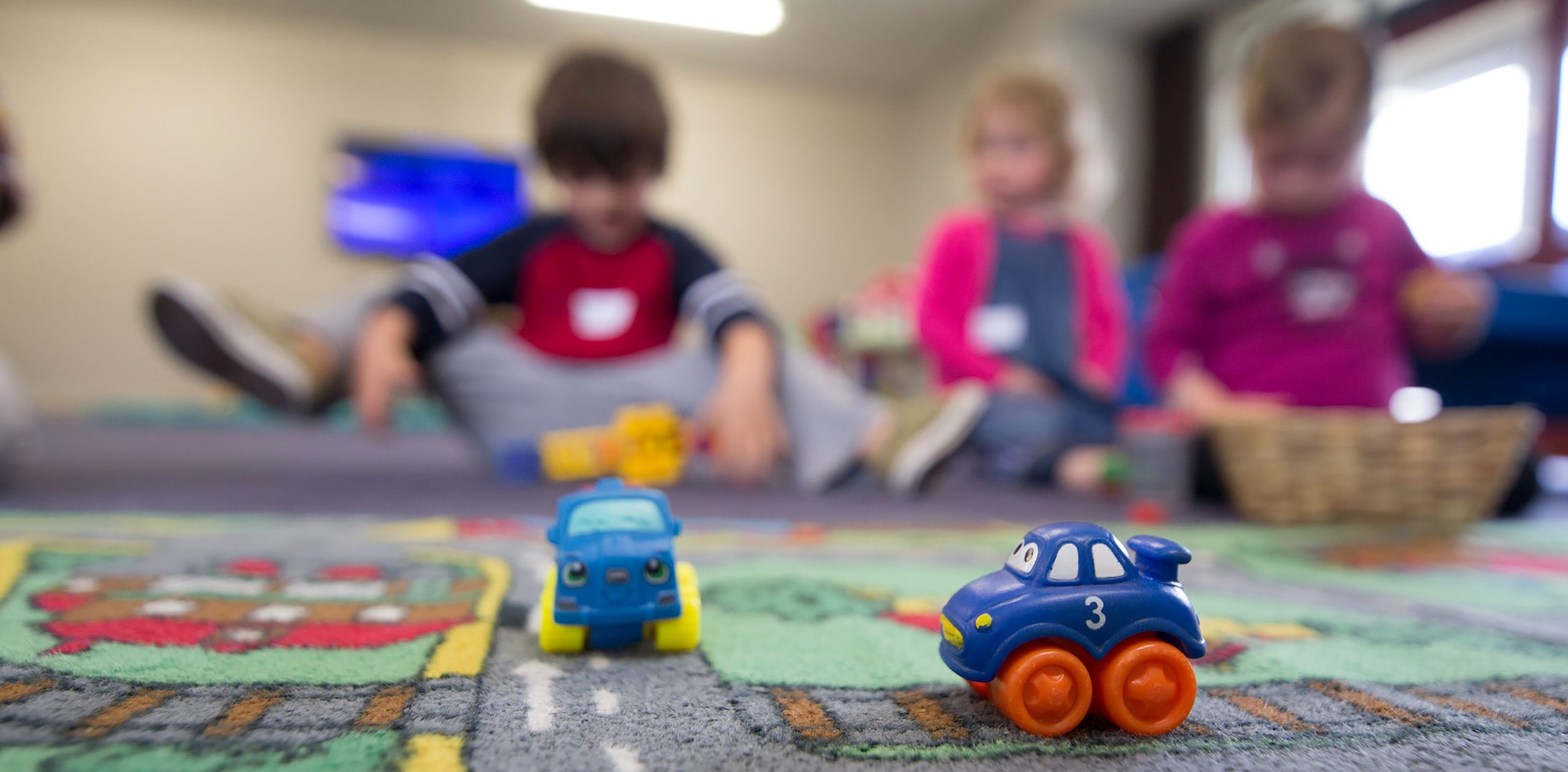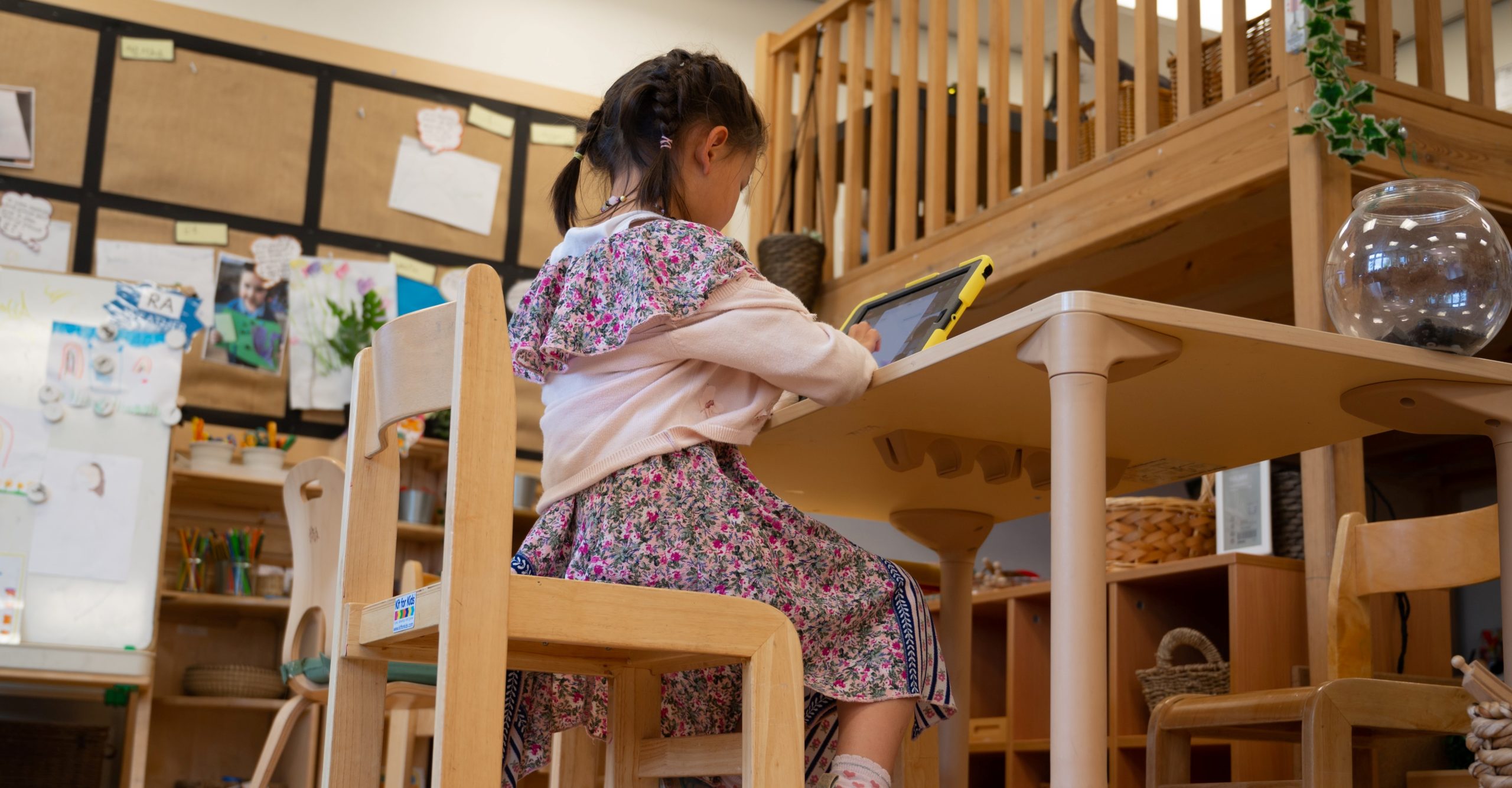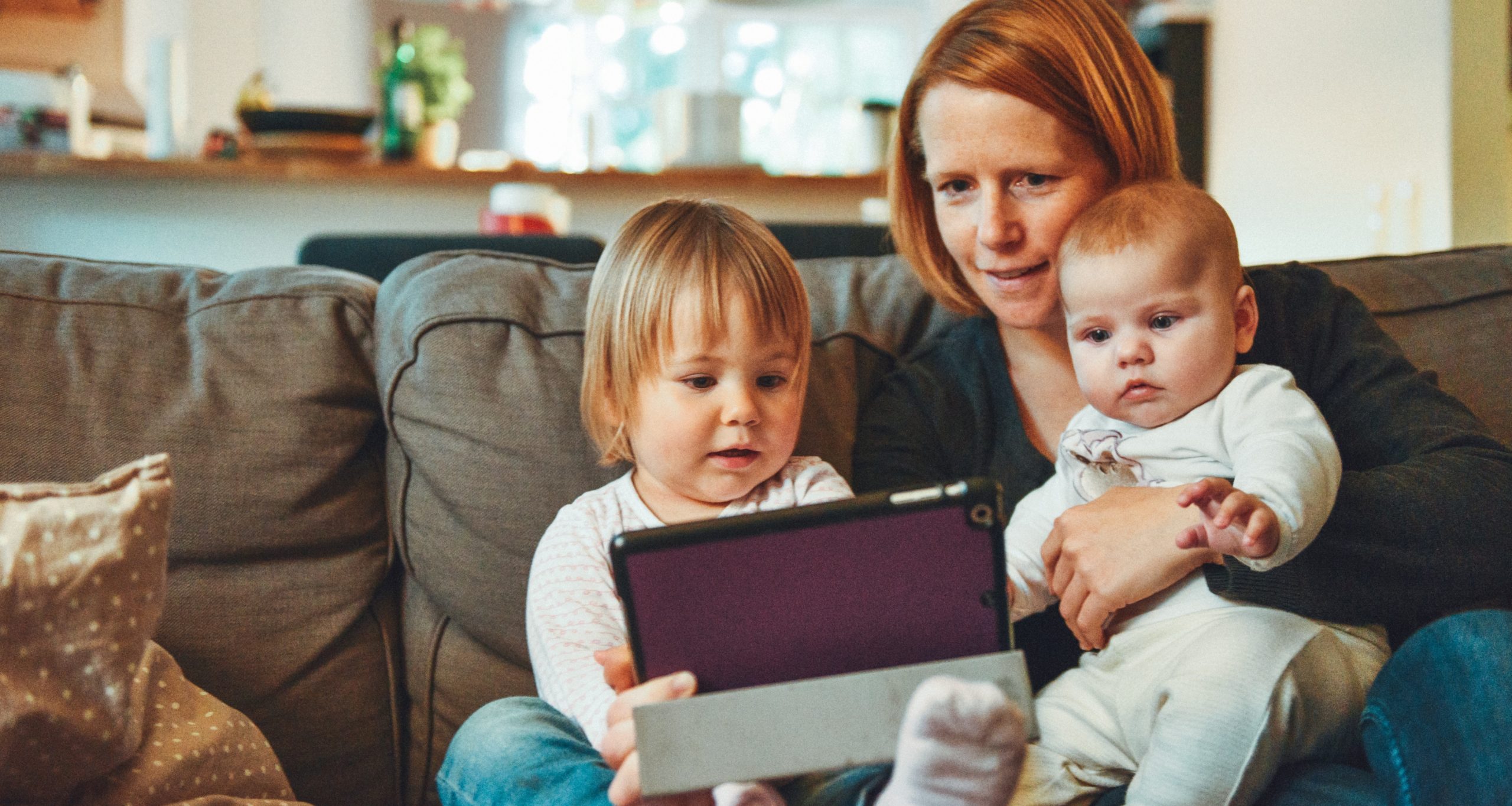
by rossanahead | Mar 14, 2011 | children, Education, woman
By Bubbles Salvador
My son is barely two and people have been asking me, “Where are you sending Luis to school next year?”
I remember very little about my preschool years but I do know that I was only in a kindergarten class before I went to first grade. I didn’t even attend nursery class like most of my classmates did. Although I didn’t graduate a cum laude from college, I think I’m okay.
So you understand the baffled look on my face when people would ask me that question. “But he’ll only be three!” I’d say. And then sometimes I would get these mortified looks that seem to say, “Que horror! You mean you’re not sending your son to playschool?”
I know of moms who sent their kids to school at two years old, and the kids are turning out to be brilliant. On the other hand, a guy I know only went to preparatory class before first grade, and he placed tenth in the medical board exams after college. I think the cliché “case to case basis” applies here.
So what will it be for Luis? The truth is, I don’t know. Yet. It seems horrible for a parent not to have any plans for her child’s education. But the question of whether we are sending him to playschool at three years old is something my husband and I are still mulling over.
There’s this mom I know who started home schooling her son when he was three, before she sent him to a regular preschool. I have to say that this is a tempting, not to mention a very inexpensive, option. I heard that the tuition fee in playschools could run up to a hundred thousand per year.
Oh, but lucky for us, we have one more year. How about we wait and see?
Photo by BBC Creative on Unsplash

by rossanahead | Mar 13, 2011 | Education, Gina Abuyuan, parenting, woman
By Gina Abuyuan
Traditional or progressive schools—what’s best for your child?
I am obviously an advocate of the more “progressive” route. Some parents even call it “un-schooling.” My teen goes to a high school that focuses on junior entrepreneurship; my twins attend a blended schooling program that puts together the experience of classroom, online, and homeschooling. I don’t believe that rote memorization or rules to conform will make my children achieve their best potential.
However, progressive schools aren’t for all; depending on what you envision your child to be in the future, among others, he or she may just fit in a traditional school.
Consider:
- Your child’s personality. Many counselors, educators, and human resource experts usually refer to the Myers-Briggs Type Indicator assessment to determine what tasks or duties best fit individuals (it’s also got a version for pre-teens). Your child can be an extravert, intravert, sensing, intuitive, thinking, feeling, judging, or perceiving type. Extraverts like to talk and thrive in groups, which may make them shine better in bigger classes; intuitive types do well in environments that encourage original ways to solve problems (which is offered by non-trad schools). Kids who are “feeling” like to relate to other people and dislike teachers who are distant; judging types are organized who have no problem with defined tasks, which is clearly apparent in traditional environments.
- What matters to you? Traditional schools offer standardized tests to know your child’s educational standing. Kids are grouped by age and academic standing. Since traditional schools’ names are already established, they offer the appeal of more job opportunities later on. If you and your husband are of the type to value social connections, or acknowledge what “the old boy network” can offer, then traditional schools may just be for you.
- Your time. Progressive schools call for a lot of parent involvement. As I said in my previous post, I’m quite hands-on and take my kids out on self-imposed field trips to give them the experience that the classroom is beyond the four walls of whatever school building or institution. But I can do this because I work from home and my schedule is flexible. When I was working fulltime, I let the teachers do the teaching. Even when my daughter was going to a progressive school, I seldom sat down with her to discuss her lessons. I did go to school activities, but that was it.
- Your child’s cues. If you can see your child enjoying going to a traditional school, if he isn’t dragging his feet and complaining and making excuses not to go, then that means he’s happy and content. But, if he displays any extreme behavior—“ cannot cope in his current classroom setup…a highly populated school or one with conventional rules and regulations; is having academic performance difficulties; is disruptive or disorderly…; shows signs of emotional maladjustment such as anxiety, loss of sleep or loss of interest,” according to an article written by Karisma Kasilag for HIPP Magazine—it’s time to switch.
Good luck!
Photo by Andy Falconer on Unsplash

by | Mar 12, 2011 | Education, parenting, Ruth M. Floresca, woman
By Ruth Manimtim-Floresca
All of us go through a lot of firsts in our lives. I remember being patiently taught by my grandmother how to iron my school uniforms when I started my freshman year in high school. It took a few weeks before I got the task down pat but, finally, I did! And from then on, I would iron all my uniforms on Sunday nights and fold them neatly in my large bag the next day before I leave for my boarding house in Los Banos where I stay during weekdays.
When our kids were old enough to do chores, my husband and I also painstakingly instructed and demonstrated to them how to do things so they could help around the house. In the process, we’ve had days when the rice was either soggy or crunchy; red hotdogs have turned black; the pot of boiled eggs had emitted clouds of smoke because the water had dried up while the flames underneath continued their merry dance; an expensive pair of pants was burned by a too-hot iron; plates and glasses flew from soapy hands to land as tiny pieces on the floor; and many other disasters.
Sometimes, our patience would be stretched to its limits but we knew we can’t give up helping the boys “get it right.” How else could they learn if they are not allowed to make mistakes?
Nowadays, whenever I’m up to my neck in deadlines, I could continue working on my laptop or leave the house to attend a media event while a teen or pre-teen would take over washing the dishes, sweeping the yard, feeding the dog or, even, cooking menudo!
For us, having no maid to rely on for years now is more of an advantage than a setback. We’re grateful for the opportunity to watch and wait for our kids to grow up as responsible human beings who don’t expect other people to do what they could already accomplish on their own. We also often remind the boys that we need to help each other out because, really, that’s what being family is all about.
Photo by Allen Taylor on Unsplash

by | Mar 11, 2011 | Education, Lyra Pore, parenting, woman
By Lyra Pore
It’s Sunday afternoon and I’m lying in bed, feeling a bit under the weather. My six-year-old daughter comes to me and asks: “Mom, can you play with me on the computer?” “Can you not play by yourself?” “No, I need a parent to play with me.”
It turns out she wants to create an account in Woogi World, a virtual educational community for children from kindergarten to Grade 6. The website uses gaming and social networking technologies to teach kids and claims to meet academic standards of US federal and state governments.
My kids have been taught in computer classes at school to ask for parent supervision when they go on the Internet. The school educates the parents too. We get tips for minimizing potential risks of online computer use through a newsletter the teachers send out every Wednesday. Let me share some of them with you:
“1. Never give out identifying information — home address, school name, or telephone number — in a public message such as chat or newsgroups, and be sure you’re dealing with someone both you and your children know and trust before giving out this information via e-mail. Think carefully before revealing any personal information such as age, financial information, or marital status. Do not post photographs of your children in newsgroups or on Web sites that are available to the public. Consider using a pseudonym. Avoid listing your child’s name and e-mail address in any public directories and profiles, and find out about your ISP’s privacy policies and exercise your options for how your personal information may be used.
“2. Get to know the Internet and any services your child uses. If you don’t know how to log on, get your child to show you. Have your child show you what he or she does online and become familiar with all the activities that are available online. Find out if your child has a free Web-based e-mail account, such as those offered by Hotmail and Yahoo!® , and learn their user names and passwords.
“3. Never allow a child to arrange a face-to-face meeting with someone they “meet” on the Internet without parental permission. If a meeting is arranged, make the first one in a public place, and be sure to accompany your child.
“4. Never respond to messages that are suggestive, obscene, belligerent, threatening, or make you feel uncomfortable. Encourage your children to tell you if they encounter such messages. If you or your child receives a message that is harassing, of a sexual nature, or threatening, forward a copy of the message to your ISP, and ask for their assistance. Instruct your child not to click on any links that are contained in e-mail from persons they don’t know. Such links could lead to sexually explicit or otherwise inappropriate Web sites or could be a computer virus.
“5. Remember that people online may not be who they seem. Because you can’t see or even hear the person it would be easy for someone to misrepresent him- or herself. Thus someone indicating that “she” is a “12-year-old girl” could in reality be a 40-year-old man.
“6. Remember that everything you read online may not be true. Any offer that’s “too good to be true” probably is. Be careful about any offers that involve you going to a meeting, having someone visit your house, or sending money or credit-card information.
“7. Set reasonable rules and guidelines for computer use by your children. Discuss these rules and post them near the computer as a reminder. Remember to monitor your children’s compliance with these rules, especially when it comes to the amount of time your children spend on the computer. A child’s excessive use of online services or the Internet, especially late at night, may be a clue that there is a potential problem. Remember that personal computers and online services should not be used as electronic babysitters.
“8. Check out blocking, filtering, and ratings applications. Be sure to make this a family activity. Consider keeping the computer in a family room rather than the child’s bedroom. Get to know their “online friends” just as you get to know all of their other friends.”
Photo by Tim Gouw on Unsplash

by | Mar 11, 2011 | career, Karen Galarpe, parenting, woman
By Karen Galarpe
For the nth time, I ate at my desk at work today. Some days are hectic, some aren’t, and today is just one of the hectic ones at the newsroom.
In between writing and editing news about OFWs arriving from Libya, Fil-Ams observing Lent in America, and a 5-star chef whipping up gourmet dishes in Baguio City, I would grab a bite of my rice meal picked up from the food court, and think about what to write in this blog.
Sometimes I feel I am doing so many things—multitasking—but I just cannot NOT multitask. I am a mother after all, and a daughter, and a sister, and a working journalist, and a friend too.
And so I try to do what I can on most days, armed with a little prayer to God up there, and with a smile to greet the people around me. Better to brighten up the world, right? There are just so many weird and bad things happening in the world around us.
If you’re a mom, you’d know what I’m talking about—multitasking—and probably can recall having to make a grocery shopping list while waiting for a meeting to start, or dropping by a bookstore on the way home from work to buy a cartolina or some oslo paper your child absolutely needs the next day.
Some days you field a call from the office while stirring that spaghetti sauce in the kitchen at home. At other times, you just drop everything and care for your child who is nursing a high-grade fever.
Motherhood—it’s tough, and more so if you’re a working mom at that. But no other calling is closest to my heart than being a mom to my son, now a teenager.
Along the way, I’ve learned many things about mothers, kids, teaching, learning, bonding, living life, celebrating each moment. I won’t pretend to know it all, but will share here what I know works. After all, we’re all in this—motherhood—together.
So smile, mom, no matter how busy you are.





